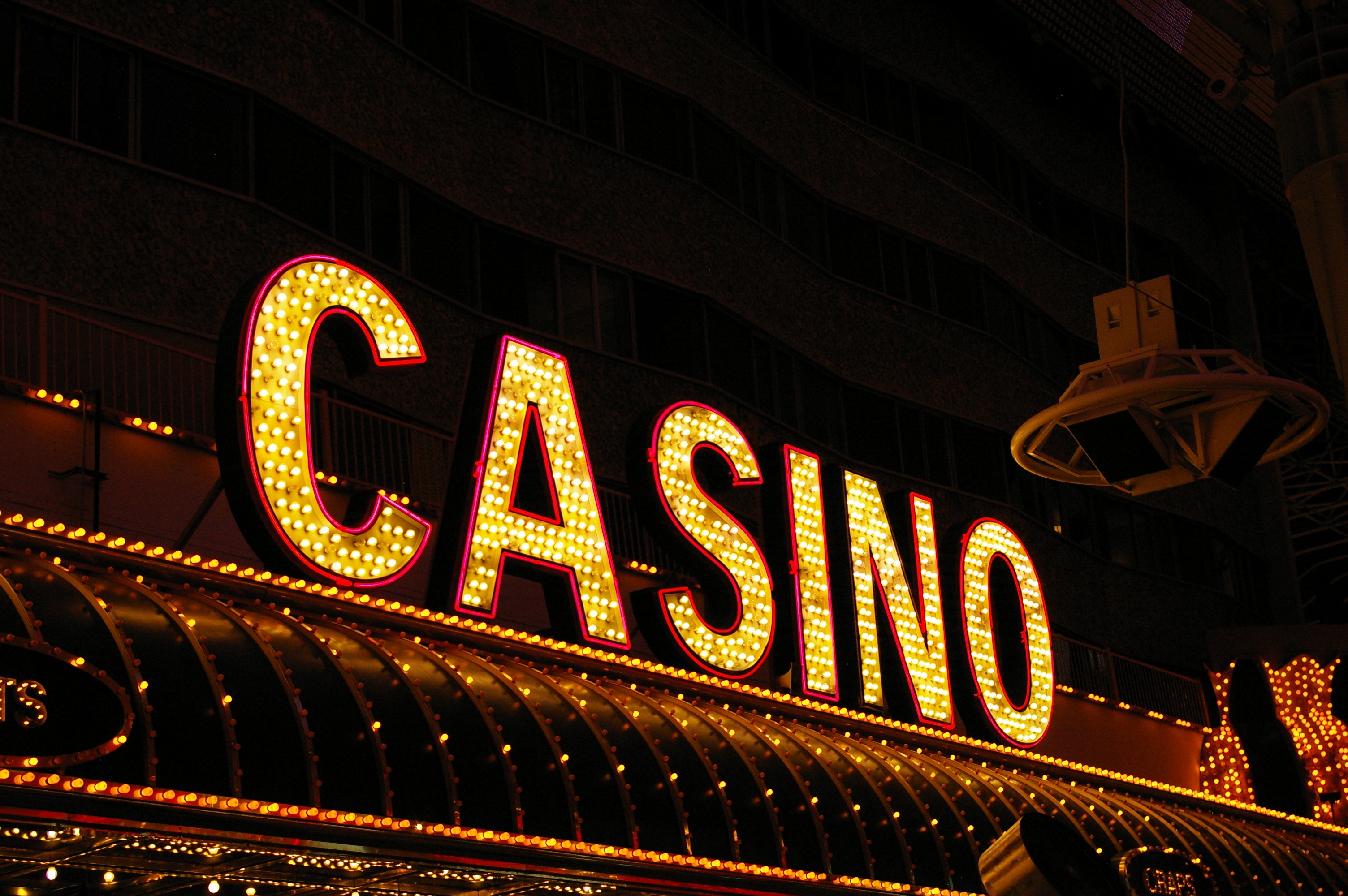
In a lively and exciting world of casinos, where luck and tactics intertwine, color and design play a pivotal role in drawing in gamblers. From the moment players step into a casino or access a gaming platform, they are immersed in a visual feast that captures their attention and lures them to discover further. Vivid colors, engaging graphics, and innovative layouts are meticulously crafted to create an environment of excitement and expectation, ultimately enhancing the gaming experience.
While players move through the dynamic landscape of casino games, they encounter a variety of designs that not only serve aesthetic purposes but also affect emotions and decision-making. Colors like scarlet and yellow symbolize riches and luck, while calm blues and emeralds can create a more relaxed environment. Grasping how these elements function together enables casinos to create an inviting and stimulating atmosphere that encourages players to engage with the games, invest more time at the tables, and boost their overall enjoyment.
The Psychology of Tint in Gaming Establishments
Hue plays a critical role in the creation of gaming experiences, affecting player emotions and behaviors. Vivid and striking hues, such as red and amber, are often used to incite enthusiasm and attract attention. These colors create a sense of immediacy and energy, encouraging players to participate more enthusiastically with the game. By intentionally selecting tints, developers aim to elicit feelings of joy and excitement, which can enhance the overall game experience.
Distinct shades also have psychological connotations that can affect how participants perceive their possibilities of victory. meilleur casino de france For case, green is frequently associated with good fortune and abundance, making it a popular choice in games like the roulette wheel and poker tables. This connection can result participants to feel more positive and self-assured in their play, ultimately motivating them to bet more. Understanding these connections allows game designers to create environments that enhance player enjoyment and engagement.
Furthermore, the layout of gambling game interfaces often utilizes gradients and opposing colors to guide player actions. For case, successful results may be accentuated with vivid, differing colors, creating a visual cue. This technique strengthens favorable outcomes and encourages repeated participation. By exploiting color psychology, gaming venues can create games that not only captivate gamblers but also keep them interested and invested in their gaming experience.
Creative Elements that Engage Gamers
The visual appeal of casino games is primarily influenced by the use of bold colors. Bright and contrasting colors are strategically chosen to create an appealing atmosphere that captures interest. For example, reds and golds often signify luck and prosperity, which is why they are common in the palettes of slot machines and table surfaces. These colors not only attract players in, but they also stir emotions related to excitement and expectation, enhancing the overall gaming experience.
In parallel to color, the design and organization of gambling games play a significant role in captivating players. Games are designed to be user-friendly, ensuring that players can easily understand the guidelines and mechanics. User-friendly interfaces, along with engaging graphics and motion, help maintain gamer interest and promote longer play sessions. The physical elements, such as the feel of the buttons and the audio of the games, also add to a holistic sensory experience that keeps players engaged.
In conclusion, thematic elements in gaming design can greatly influence gaming decisions. Many casino games are inspired by popular culture, myths, or adventure themes, featuring symbols and characters that connect with players. These themes create a sense of immersion and relatability, making each game feel unique. When players feel a connection to the concept, they are more likely to opt for that game over others, leading to higher participation and excitement within the gambling environment.
Case Studies: Notable Gambling Slot Designs
One noteworthy example of effective gambling game design is the acclaimed slot machine series based around blockbuster movies. Games such as those based on the The Wizard of Oz and Game of thrones utilize dynamic colors and top-notch graphics to immerse players in familiar narratives. The application of dynamic visuals and engaging sound effects captures the attention of players, establishing an emotional connection to the theme. This approach not just encourages longer play but also boosts the overall gaming experience, leading to increased player retention.
Another notable case is the use of the psychology of color in table games like 21 and roulette. Casinos often create these games with rich reds and greens, colors traditionally connected with luck and wealth. For instance, the green felt on a 21 table provides a relaxing effect, while the red accents in the wheel invite excitement. This thoughtful use of color helps to create an inviting atmosphere that motivates players to participate, addressing their psychological impulses and enhancing their enjoyment.
Finally, online casino games that incorporate social features and lively, lively designs have experienced remarkable success in engaging players. Games like Zynga’s Poker and Slot-O-Mania leverage vivid colors and playful animations to forge an inviting online environment. The inclusion of leaderboards, social sharing options, and in-app rewards encourages competition and community, attracting players in for longer sessions. Such designs not just make the games visually appealing but also emphasize social interaction, a vital factor in player retention and engagement within digital casino environments.